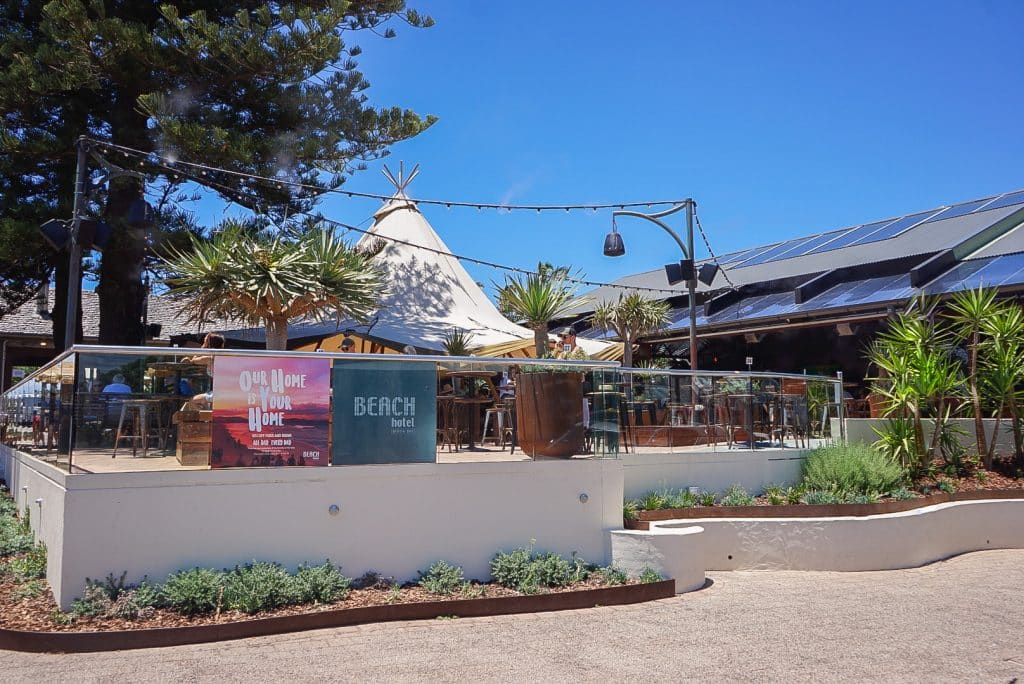
Mexico is a gastronome’s paradise and the world is starting to wake up and take notice of the enormous diversity it produces in a biologically diverse land that ranges from tropics to mountains, from desert to plains. Mexico benefits from both regional cuisine and a certain amount of homogenization across the country. Despite the invasion of corporate fast and processed products, slow food is still what it’s all about here. Throughout the nation, an enormous body of culinary knowledge developed over the centuries and the cuisine continues to evolve in our era.
When the Spanish arrived in Mexico in 1521, a new lexicon of dishes began to emerge, incorporating old world techniques and ingredients with those of the new. Pigs, cattle, chickens, many spices and fruits were introduced, along with the techniques of frying and distilling. Meanwhile, Mexico introduced the world to such staples as tomatoes, chocolate and chilies, initially by the conquistadors and later via trade with Europe and the Far East. Many of the foods prepared today, such as moles, salsas, roast meats, stews, liquors and sweets, are products of this fusion.
In recent years, a culinary establishment has emerged headed by chefs, scholars and historians. Schools are offering courses in traditional Mexican cooking in addition to their standard Euro-centric programs. Mexican cooking has been lauded and celebrated around the world; Unesco has recognized it on its list of “Intangible Cultural Heritage”.
Culinary tourism is a growing industry. Young immigrants from the US, Europe and South America are moving to Mexico City’s revived historic center and such trendy neighborhoods as Condesa and Roma, drawn by a combination of history, culture and reasonable prices. And there are exciting, cutting-edge restaurants in provincial cities as well – Guadalajara, Monterrey, Ensenada, Mérida, Oaxaca, Puebla, Tijuana and San Miguel de Allende, to name a few.
At the same time, cooks who prepare traditional dishes at small, family-owned roadside stalls and in humble restaurants are being recognized and celebrated; Mexico has one of the most vibrant street food scenes in the world.
Contemporary Mexican scene
Until recently, upscale dining in Mexico and most of Latin America was limited to old-fashioned French and Spanish establishments. Traditional Mexican food was thought to belong in the home or on the street. Then, in the 1990s, a group of established chefs and restaurant owners, many of them women, began experimenting with the idea of updating and modernizing Mexican food. Carmen Oruño, at her restaurant Isadora, dared to present such mundane items as tortillas, moles, huauzontles and huitlacoche in an upscale context.
More recently, a host of new restaurant openings has created something of a stir. Chef Enrique Olvera, whose Mexico City restaurant Pujol is included in the World’s 50 best list, has been at the forefront of this panoply of dining venues, which can collectively be called Modern Mexican.
Young master cooks, many of whom are graduates of Pujol, incorporate techniques developed in Spain by Ferran Adriá and Juan Mari Arzak, while working with traditional Mexican recipes and ingredients. In keeping with current world trends, these chefs highlight local, seasonal and sustainable ingredients. As a result, small producers of everything from wines, craft beers, artisan olive oils, European-style cheeses, organic produce and meats have emerged.
Former Pujol sous chef Eduardo ‘Lalo’ Garcia opened the unpretentious Máximo Bistrot Local in 2012 on a shoestring, and it soon emerged as one of the best kitchens in the country. His cooking stayed closer to European conventions, but often introduced Mexican elements. Jorge Vallejo, another Pujol alumnus, took Olvera’s concepts further at Quintonil; his cooking often steps outside the confines of the conventional. Many others emerged around the country, setting in motion a culinary revolution that has changed the way Mexican cuisine is perceived, both at home and abroad.
Juan Pablo Ballesteros, 30, from a family long established in the restaurant business, is the owner of Limosneros, an innovative high-end restaurant in Mexico City’s historic center and a partner in several others. Despite a precarious economy, he sees an increasing interest in fine dining. “People are spending more on excellent food,” he says. “They care about variety, about the quality of such products as meats, artisan beer, good wine. While in another era they might have spent on entertainment or music, a more sophisticated public is now focused on food and see it as a status symbol.”
He acknowledges a rise in competition targeting a stable clientele: “There isn’t enough for everyone – it’s a fierce ping-pong game where players don’t last. Those who have been floating for some time might make it, but newcomers may not have as much time before the bubble bursts.” Nevertheless, he sees this competition as a good thing, since a more educated public is selective, supporting better quality venues.
A booming scene
According to Canirac (the Spanish acronym of the National Chamber of Restaurant and Prepared Foods Industry) there are 544,937 entities registered under the rubric of the preparation of foods and beverages. This includes 7,223 catering establishments, 7,224 bars or cantinas and 515,059 dedicated exclusively to the preparation of foods and beverages. This does not include the innumerable unregistered businesses of the informal economy such as taco stands, itinerant vendors and market stalls.
The largest number is broken down into several distinctly Mexican categories: 58,195 restaurants that serve à la carte or ‘comida corrida’ (fixed price, multi-course meals popular at lunchtime), 18,365 dedicated exclusively to seafood, 117,594 that serve ‘antojitos’ (snack foods), 55,029 that sell American-style fast food such as pizza and hamburgers, 45,204 offering other kinds of take out food such as sushi, 113,526 taquerías or torterías (tortas are Mexican sandwiches), 58,639 soda fountains and cafés, 4,502 self-service shops and 44,005 miscellaneous eateries proffering house-cooked dishes.
For every private health or public assistance entity, there are 3.1 restaurants. About one fifth of all establishments are located in Mexico City (the former Federal District) and surrounding areas. In 2013, the registered restaurant industry employed 1,433,448 people – 57.5% female, 42.5 male – 44% of whom were in standard restaurants or taco and torta (sandwich) shops. Between 1999 and 2014 the industry grew at an annual average of 4%. The vast majority (97%) employ 10 people or fewer. Up to 34% of the expenditure of Mexican families goes on food and drink, of which 21% is spent outside the home. And 11% of restaurant industry income came from the tourism sector.
In 2014, FEMSA (Fomento Económico Mexicano SA de CV) was the leading player in the fast food category; its 12,599 Oxxo convenience store outlets are the biggest name in the fast food category and, in 2014, the whole consumer foodservice industry in the country. Most products sold at Oxxo, however, could be categorized as “junk” food – soft drinks and snack foods.
Subway was the second highest seller, increasing its number of outlets by 8% and accounting for 4% of total sales. Most American fast food chains (McDonald’s, Domino’s etc) and many mid-level chains (Denny’s, TGIF) are firmly ensconced in the culinary landscape. National fast food chains include Taco Inn (similar to the US Taco Bell) and Sushi Itto.
Fast food sales are rising as urban lifestyle becomes faster and commute times longer. Mexican society, however, is deeply rooted in its culinary habits so the traditional style of the extended multi-course midday meal is still strong and many working people support small, independently owned restaurants and prepare food themselves from scratch.
Making from scratch
Medical institutions tend to employ independent caterers, unaffiliated with larger companies, as do many educational facilities.
US firm Aramark is one of the leaders in the food service industry in Mexico, operating self-service cafeterias in factories as well as high-end corporate dining rooms. Fernando de la Vega, country business development manager for the company, explains that “in the self-service factory lunchrooms we concentrate on Mexican comfort food – rice, beans, tortillas and guisados (stews). But even humble workers in Mexico are discerning eaters and our competition comes from street and home-cooked food. So we try to provide high quality even at this level. In Mexico it is cheaper to make food from scratch. Canned beans cost more than dried ones, and even in a blind taste test, any Mexican will know the difference.”
He observes that at the corporate level, clients’ tastes have changed in the last few years – they have become more demanding. “We are now called on to innovate, to serve interesting food. We send out a questionnaire every year in which we ask who would like to see change, innovation. Years ago people would respond negatively, but today we see much more interest in novelty – they are more open.”
José Luís Cervantes at only 26 is already an accomplished chef who has worked in the Michelin-starred Italian restaurant Le Calandre in Rubano, Italy. He recently returned to his homeland and is about to inaugurate an upscale gelatería and restaurant named Ricerca.
He feels confident about investing in Mexico because, he says, “Salaries here are low so either you open your own business or go abroad to work. I think, despite the instability of the economy in Mexico, it’s a good time to open a food business. When people here are nervous they may spend less on travel, consumer goods, even doctors, but they never stop spending on food.”
Mexico at a glance
Population: 128,125,000*
Capital: Mexico City
Language: Spanish, more than 30 indigenous languages
Area: 761,606 sq miles (1,972,550 sq km)
Per capita GDP: $10,174 USD
Annual average growth: 5.1
Largest industries: electronics, automobiles, energy, tourism, agriculture
Nicholas Gilman




